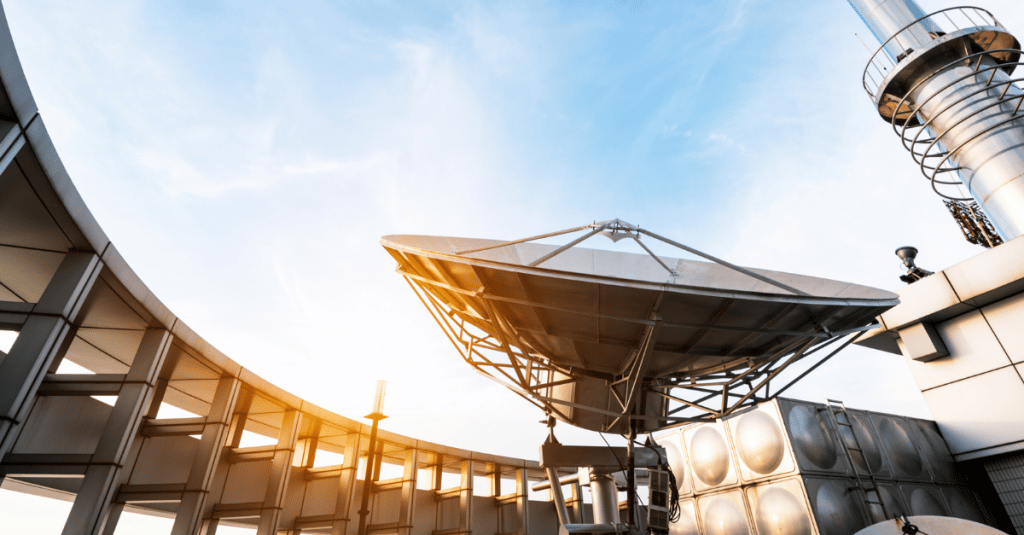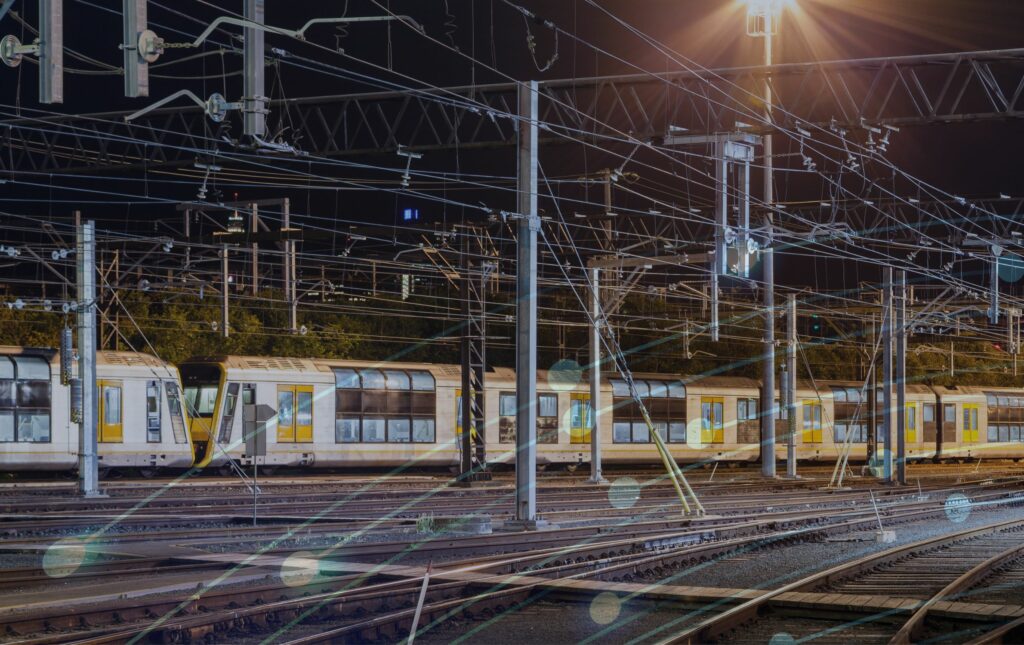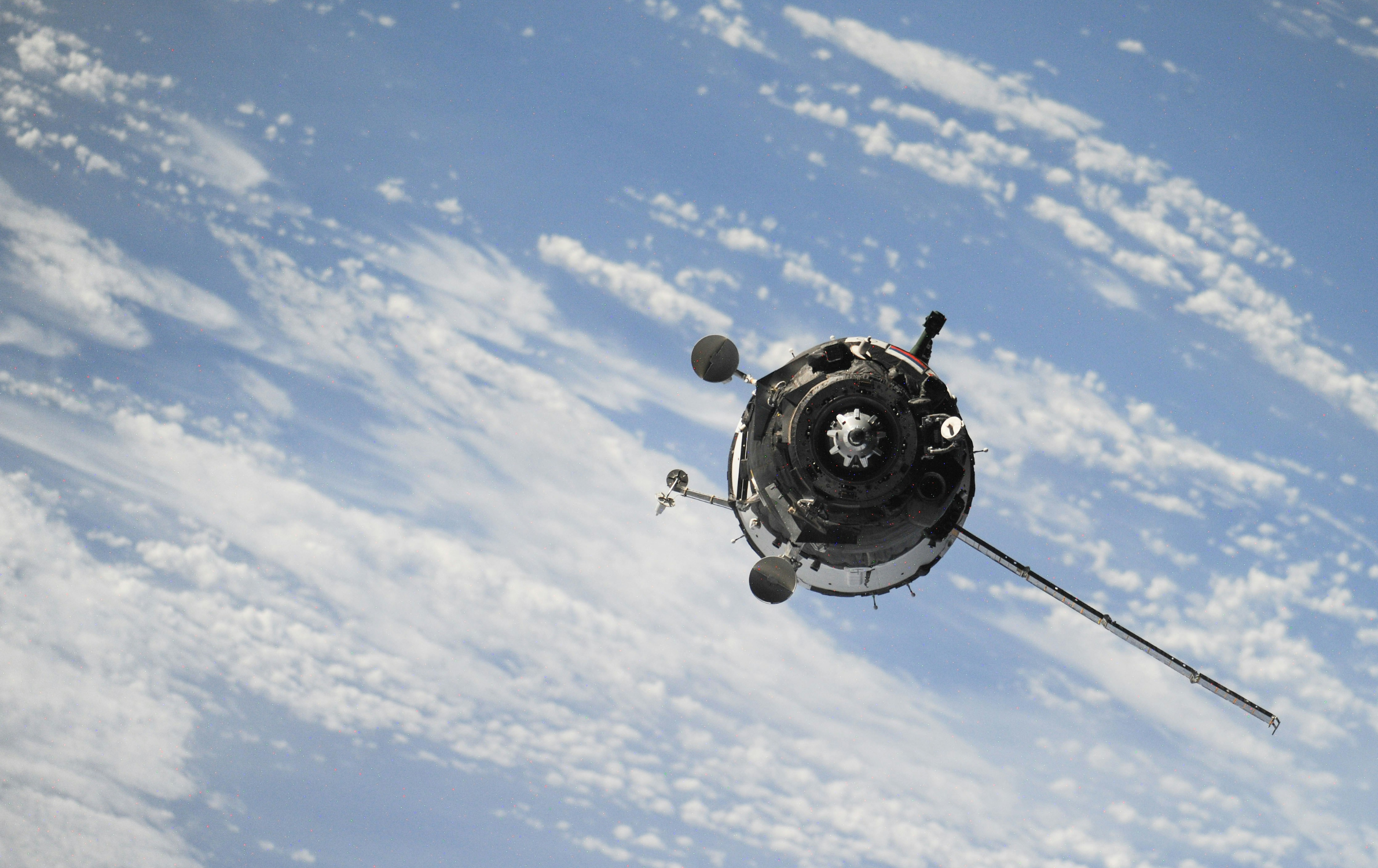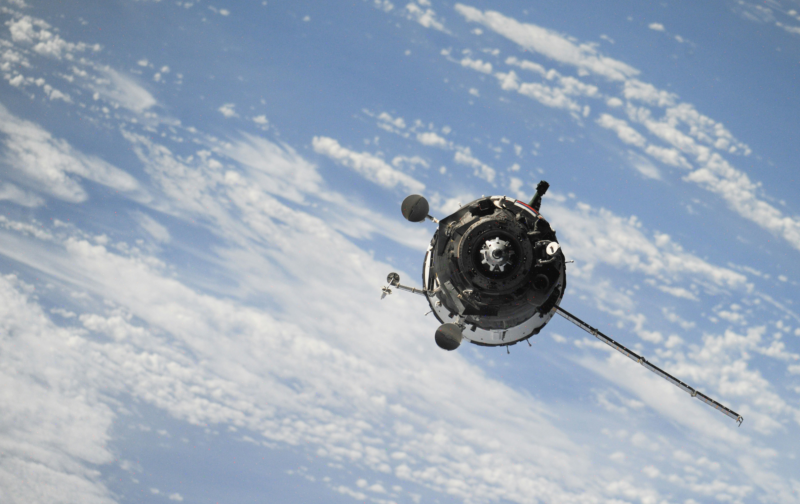In an era where new and emerging technologies will shape how people experience the world, the link between space technology and human mobility is transforming the way we move.
While we marvel at the innovation it brings, a whole-of-systems integration approach is the critical solution required to combine both into a seamless network capable of achieving beneficial outcomes for the communities we live in.
The space technology boom
Many of the first iterations of space technology have become commonplace in the day-to-day operations of our lives. Today, we are surrounded by vast networks of satellites that enable essential community enhancing systems such as communications, transportation, trade, financial services, weather monitoring, navigation and positioning.
Until recently, governments have dominated space investment and innovation almost exclusively. While their investment will continue to grow, businesses, both big and small, are entering the market, driving greater competition, creativity, and possibility. McKinsey and the World Economic Forum (2023) predict that countries with space agencies will grow from approximately 70 in 2022 to over 100 by 2030. The number of space focussed start-ups will grow from 600 to 1,000 in the same period. This is on top of the already 10,000 strong crowd of businesses that includes SpaceX, Blue Origin, and Virgin Galactic. McKinsey and The World Economic Forum also predicts that the industry will top US$1 trillion by 2030, up from USD 447 billion in 2022. Earth’s constellation of satellites in this time will grow from 4,850 to over 15,000 highlighting the enormity of this emerging industry, and the growing complications it will bring.
Australia has recognised the need and is experiencing rapid space growth too. After launching its own space agency in 2017, the Australian market has grown to A$6.4 billion, employing over 15,000 people (IBISWorld, 2023). By 2030, the Australian space industry is set to reach A$12 billion, growing at 7 per cent per annum – around three times the rate of GDP (globalaustralia, 2023).
The non-state-based nature of space, often likened to the ‘Wild West’, has seen many of the initial barriers to entry come down, propelling growth. However, the relative freedom of last century has also led to complications. These include the rise in space junk, deconfliction, and associated risks related to the continuity of service. There is an ever-growing number of users in mission-critical and safety critical sectors like defence and transport, and the space-based services that enable that like communications and meteorology.

Why space technology matters in transport
With decades worth of investment already behind it, space technology has enabled many of the innovations we consider a necessary part of our modern transport network. Together, they have helped to create a more reliable, safe, efficient and user-friendly network.
Examples of space technology in use in transport include:
| Satellite Navigation Systems | Global Positioning System (GPS) and other navigation systems play an integral role in transportation and logistics. For example, these systems allow precise tracking, efficient route planning, real-time updates, and detailed reporting, thus improving service delivery and operational efficiency. This can also lead to improved environmental outcomes through optimising route efficiency. |
| Remote Sensing | Satellite imagery and data can be used to inform logistics operations. For example, they can provide real-time updates on weather conditions, natural disasters, or other events that might impact transportation routes. This information can be used to plan and adjust routes, accordingly, thereby improving resilience and safety, preventing delays and reducing costs. It can also help the transport network become more sustainable. |
| Communication | Satellite communications can improve coordination. For example, it can provide reliable connections for operators to more reliably communicate with ships at sea, aircraft in flight, or vehicles in remote areas. Communication is also established between transport modes i.e. train control systems allow one train to exchange information with another that enhance performance and safety outcomes. Communication via space-based internet (see below) requires less infrastructure to operate, is more reliable, and better quality than more traditional methods. |
| Space-based Internet | Satellite internet technologies can ensure high-speed internet connectivity in even the most remote parts of the world. This can enable digital logistics solutions in areas where they were previously not feasible by improving the speed at which data and information can be sent and received. |
| Geographic Information System (GIS) | GIS utilises spatial data to analyse and visualise information about the Earth’s surface. It helps operators identify problems, monitor change, manage and respond to events, understand trends and set priorities. In the context of transportation, it allows operators and planners to make data-driven decisions to improve the overall performance of the network. This includes optimising the network design so that lifecycle efficiencies can be realised from the outset. This includes route optimisation, asset management, and congestion planning. |
Innovation requires Integration to create outcomes
The transport sectors connection with space technology will deepen as new technologies emerge. In the years to come we will see further leaps in communications, sustainability and automation powered by space-based technologies and network connectivity. Take GPS as an example – while only recently adapted for wide-spread use, this is now taken for granted in almost every new car.
Space technology will play a vital role in the future of our transport network by making it more resilient, efficient and user-friendly. It will bring the network more in line with modern needs, future-proofing systems and allowing for innovative use cases to advance outcomes.
Behind the advancement of technology is the need for Systems Integration . A whole-of-systems approach to space-based technologies helps foster collaboration between domains and creates a dynamic ecosystem where advancements in space technology seamlessly adapts to and complements the transport network. A Systems thinking approach is at the heart of smart design.
Systems Integration embeds the various technologies into the transport network to create seamless outcomes. It enables benefits related to harmonisation and interoperability making the network easier, safer, and more efficient to operate. For users of the transport system, they will benefit from a more seamless experience making it quicker and easier to get to their destination.
Addressing the Challenges with Systems Integration acumen
Implementing a systems approach to integration requires an experienced and trusted systems integrator who can bridge technology domains. In navigating the dynamic complexities involved, there are some key areas of focus:
| Exponential growth | Mounting competition adds layers of complexity to the industry with each additional system requiring integration into a broader system to power their own unique use-case. |
| Decentralisation and regulation | Integrators must be able to operate at a time when the rules governing the industry are maturing. Integrators will need to collaborate with and manage the interests of an increasing number of stakeholders including government, private enterprise, manufacturers and users and end-users. |
| Interoperability | With new technologies and use-cases emerging, integrators must manage and connect systems to create a clean, trustworthy and transferable ecosystem powered by reliable data and information. |
| Cost | Integrators must balance outcomes and cost ensuring one does not compromise the other. Cost-cutting measures can lead to inferior results. It can also lead to wealthy nations or companies monopolising the market. |
| Cybersecurity | With so many satellites in operation the wealth of data has never bigger. Integrators must protect and secure its systems to ensure it works as intended without the fear of malicious intent and misuse. |
| Technical Challenges | Space is still an incredibly complex industry that requires significant expertise. Integrators must understand the technical complexities of space technology while also understanding the requirements of the transport network. |
The Signature Team
SYSTRA’s competitive advantage lies in the seamless integration of our expertise bridging what were once separate domains—including transport, space, and Systems Integration. Our pedigree in transport and Systems Integration, fortified by a wealth of experience from around the world, combines seamlessly with the acumen of our Security and Technology Solutions team. This positions us uniquely in the market, allowing us to offer comprehensive solutions across the technology lifecycle. This includes the important aspect of designing people factors into the solution are included up front. By combining our in-depth knowledge of transport infrastructure with cutting-edge space technology and robust Systems Integration, SYSTRA is leaning forward and fostering innovation for our clients and partners and helping them advance their outcomes.
Our years of experience blending the unique expertise of our Transport and Security and Technology teams position us well to manage the complexities between space and land, but also other domains and sectors. We nurture long and enduring relationships with a broad spectrum of clients in both the public and private sector around the world that provide a level of understanding that is uniquely positioned in the market.
Want more information?

- services
Systems Integration
Read more sur Systems Integration
- markets
Security and Technology Solutions
Read more sur Security and Technology SolutionsNeed more information?
For more information, please get in contact with us. Alternatively, if you wish to keep in touch please hit subscribe.


 Brazil
Brazil  Canada
Canada  Chile
Chile  China
China  Columbia
Columbia  Denmark
Denmark  France
France  India
India  Indonesia
Indonesia  Ireland
Ireland  Italy
Italy  Malaysia
Malaysia  Norway
Norway  New Zealand
New Zealand  Panama
Panama  Peru
Peru  Poland
Poland  Portugal
Portugal  Saudi Arabia
Saudi Arabia  Singapore
Singapore  South Korea
South Korea  Spain
Spain  Sweden
Sweden  Taiwan
Taiwan  Thailand
Thailand  Türkiye
Türkiye  United Kingdom
United Kingdom  United States
United States  Vietnam
Vietnam